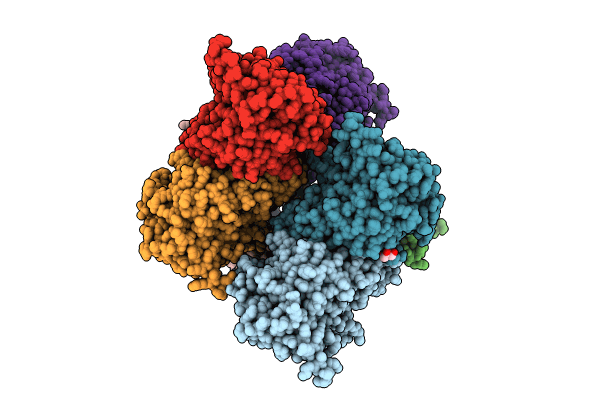
Deposition Date
2023-06-01
Release Date
2024-11-27
Last Version Date
2024-11-27
Entry Detail
PDB ID:
8T0W
Keywords:
Title:
Crystal structure of dimethylsulfone (DMSO2) monooxygenase SfnG from Pseudomonas fluorescens with DMSO2 and oxidized FMN bound
Biological Source:
Source Organism:
Pseudomonas fluorescens (Taxon ID: 205922)
Host Organism:
Method Details:
Experimental Method:
Resolution:
1.75 Å
R-Value Free:
0.18
R-Value Work:
0.15
R-Value Observed:
0.15
Space Group:
C 2 2 21


